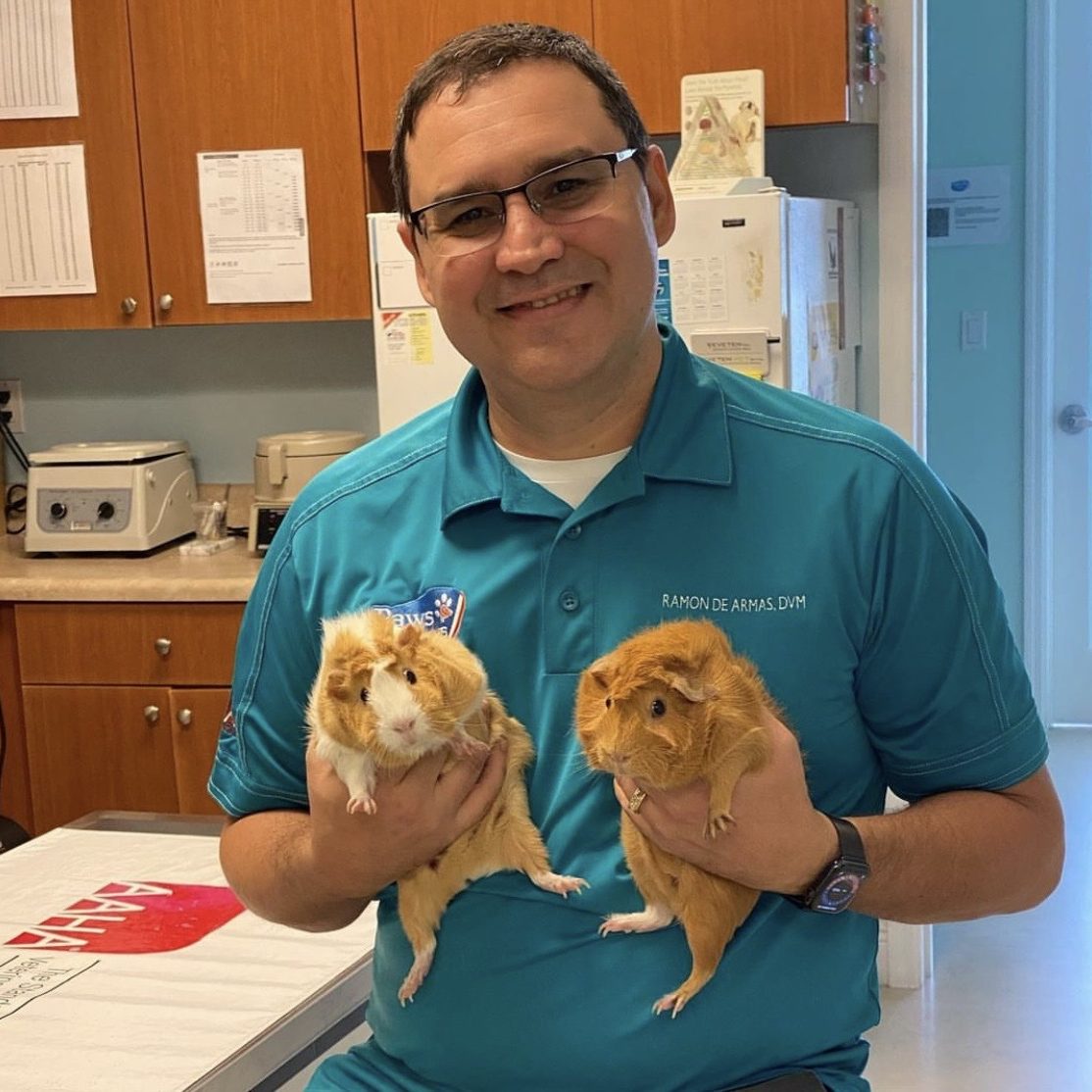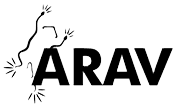Services Commonly Performed by Dr. de Armas:
Routine General Services
- Physical examinations
- Husbandry assessments
- Nutritional and behavior counseling
- Sedation and anesthesia
- Routine dentistry in multiple species
- Prophylactic procedures like spaying and neutering of multiple species.
Diagnostics
- Complete blood count and biochemistry profiles
- Diagnostic imaging (C.T. scans, digital X-rays, ultrasound)
- Diagnostic minimally invasive procedures for Bacteriology, Fungal, Virology, PCR, Biopsies and sex identification, for example.
- Biopsy collections
- Bacteriology and Fungal Cultures.
- DNA and Endoscopic sexing
- Serology for diagnosis of conditions like Chlamydia, Polyoma Virus, PBFD, Aspergillus, Encephalitozoonosis, Mycoplasma, Cryptosporidium, Yellow Fungus disease (Nannizziopsis Vriesii/Guarroi)
- Other diagnostic services not listed.
|

|
Procedures performed with Minimally Invasive Surgery
Avian and Exotics Commonly performed Endoscopic Procedures.
Advanced Services
- Soft tissue surgeries ( Ex: Lacerations repairs and wound management))
- Orthopedic surgeries(Bone Fractures, fractured and Damaged Beaks and Shell repairs and reconstruction)
- Advanced dentistry for bearded dragons, ferrets, rodents, rabbits, guinea pigs, swine, non-human primates, amongst other species
- In-hospital services comprise hospitalizations, Respiratory therapies, Fluid therapy, and Supportive care, amongst other services.
- Rigid and Flexible Endoscopies and Endosurgery: Performing minimally invasive laparoscopic surgeries benefits our pet patients in many ways, including:
- Smaller incisions: Unlike traditional surgery, which often requires more extensive incisions, minimally invasive surgery relies on tiny incisions large enough to insert a thin tube, miniature camera, fiber-optic light, and other specialized surgical tools.
- Less pain: These procedures cause less pain and discomfort for our patients. Studies have shown that patients recovering from minimally invasive surgery experience less pain and do not need the larger doses of pain relievers required by pets who have undergone conventional surgery.
- Increased accuracy: Minimally invasive surgery also offers higher accuracy and precision than traditional open surgery. Accuracy is improved thanks to a high-definition video camera, which gives our surgeons better visualization and more accurate access to the affected organs or surgical site.
- Shorter hospital stays: In most cases, patients undergoing minimally invasive surgery can return home the same day or sooner and return to normal activities sooner.
- Faster recovery: A smaller incision requires fewer stitches, and your pet can heal faster and return to everyday life much more quickly.
- Less scarring: Another benefit of having a smaller incision is having less noticeable scarring after the incision has healed.
- Fewer chances for infection:
|
Avian Endoscopic procedures:
- Oculoscopy (Eye evaluation)
- Tracheoscopy (Examination of trachea and Syrinx, Foreign body removal, granuloma removal, Sample collections, and more.)
- Upper Gastrointestinal endoscopy (Esophagus/Proventriculus/Ventriculus)
- Cloacoscopy (Evaluation of the cloaca, Urodeum, Coprodeum)
- Celioscopy Uni lateral and or Bilateral (Diagnostic Procedures, Sample collection, Cultures, debridement, Sexing (Gender identification))
- Avian Multiple entry minimal access endo-surgery (Orchidectomy, Salpingectomy, Biopsies, Granuloma/Mass removal)
|
Small Mammals Endoscopic Procedures:
- Oculoscopy
- Otoscopy
- Stomatoscopy
- Rhinoscopy
- Tracheoscopy
- Colonoscopy
- Vaginoscopy
- Colposcopy
- Cystoscopy
- Laparoscopy/Multiple entry Minimal access endo surgeries (Liver Biopsies, Kidney biopsies, Minimal Access ovariectomies, ovariohysterectomies, Retained testicle orchidectomy, laparoscopically assisted bladder stone removal
|
Reptile Endoscopic Procedures:
- Tracheoscopy
- Esophagoscopy/Gastroscopy
- Pulmonoscopy (Transcutaneous lung examination)
- Celioscopy (Biopsy collections, Culture, Gender identification, Gonadectomy)
- Cloacoscopy
|
Larger Mammalian species Commonly performed endoscopies:
|
Respiratory system Endoscopy
- Rhinoscopy
- Tracheoscopy
- Bronchoscopy
Endourology Exams and interventions
- Cystoscopy in females,
- Endoscopically assisted cystoscopy in males
- Laparoscopically assisted cystotomies for biopsy, cultures and stone removal
- Vaginoscopy
|
Intracavitary Laparoscopic procedures
- Laparoscopic ovariectomy
- Laparoscopic ovariohysterectomy
- Laparoscopically assisted gastropexy
- Liver biopsies
- Pancreatic biopsy
- Renal (Kidney) biopsies
- Lymph node biopsies
- Castration of cryptorchid animals
- Endoscopic abdominal exploratory
- Gallbladder bile collection for relief and culture purposes
- Splenectomies
|
Otoscopic exam,
- Otoscopy deep cleaning,
- Myringotomy
Gastrointestinal Endoscopy
- Lower (Colonoscopy)
- Upper (Esophagoscopy/Gastroduodenoscopy)
- Gastrointestinal foreign body removal
|
|






